5 Killer Examples of Data-Driven Marketing
Data has the potential to be your most valuable marketing resource. With the right information in hand, you can create scalable, repeatable marketing processes. It’s the marketer’s dream: let your campaigns run on autopilot, so you can focus on the creative side—testing and optimization.
The challenge, however, is that few marketers have the expertise to work with data effectively. You may have never taken a statistics course. You may not have access to data visualization tools. And you may not have the quantitative background that you need to figure out when a metric might be tricking you.
But there is good news: almost every marketer is stuck in the same boat. And we’re all learning together.
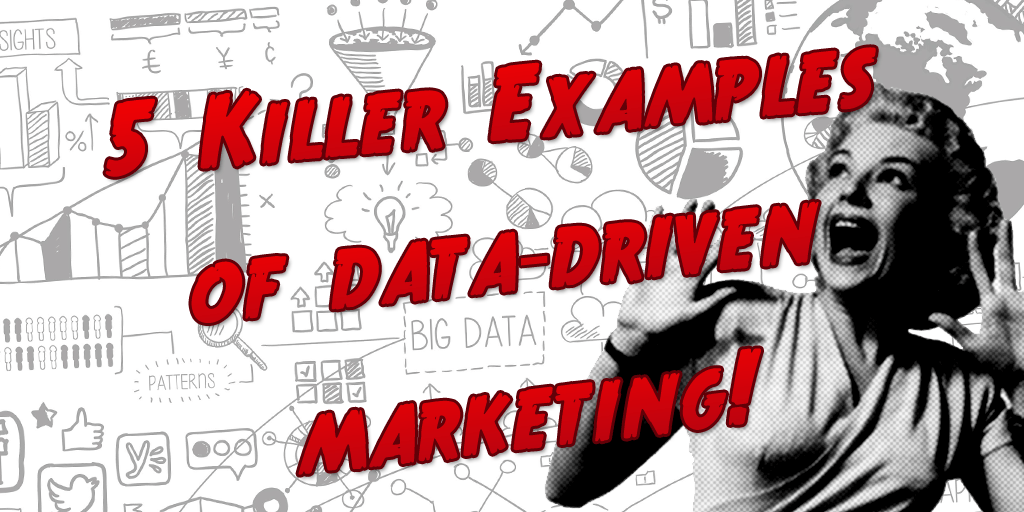
From first-party to third-party data sources, how can you feel like you’re making the right judgment calls in your targeting and optimization strategy? Learn from the experiences of others to cultivate your own best practices. Here are 5 data-driven marketing strategies that you can learn from and incorporate into your own campaigns.
Data-Driven Marketing Strategy #1: Use demographic data in your campaign planning
Outcome: More context in your targeting
Let’s say that you’re looking to upsell a new product idea to your biggest customer segment. You have some data that you’ve generated in house with respect to their user behavior, but there are a few missing details. For one, you might not know much about the weather. Or you may not know about that customer’s overall spending habits and household income.
Fortunately, you can use publicly available datasets to answer some of these questions. Consider the case of GreenPal, a company that describes itself with an analogy: “Uber for Lawn Care.”

The company recently ran an AdWords campaign with one ad targeting the entire metro Nashville area. The headline read “Local Lawn Pros in Nashville are a click away.”
Bryan Clayton, the founder and CEO at GreenPal, thought the performance of the ad was good, with a click-through rate of over one percent and conversion rate of over 10 percent on the Nashville landing page. “But we needed to improve on it. We thought, how can we make this more contextual and relevant to the viewer? So we researched census data, looking at the average income and home values throughout the Nashville area.”
Clayton and his team found that East Nashville, an up-and-coming neighborhood, was populated with a more price-sensitive demographic.
“So we segmented those zip codes and only ran a specific ad for them, with the headline ‘The Cheapest Lawn Mowing in Nashville. Lawn mowing from $20,’” says Clayton. “We then created a matching landing page. After running the ad for one month, on-page analytics proved the guess to be true. We saw over 200 percent lift in click-through rate and a 30 percent lift in on-page conversion.”
Data-Driven Marketing Strategy #2: Use trends from one marketing channel to inform another
Outcome: Never start a new campaign with a blank slate
One of the toughest parts of marketing involves testing: it can feel risky to test a new channel from scratch when you already have a proven acquisition, engagement, or retention model in other channels. Or, you may be doing very limited marketing and need to start from scratch. Long story short, you can’t afford to take any risks. You need to make sure that you have the best chances for success before investing your first dollar.
Here’s what this idea looks like in practice at Hiresquare, a gig marketplace, according to their founder Rick Vugts:
“There are multiple ways in which we use data for marketing on our site. We use PPC data to optimize our web copy for SEO. Sure there are keyword tools and whatnot, but they are all estimation tools. By running a PPC campaign for just a short amount of time we learn about the actual search volume and we get all kinds of combinations by looking at the keyword query report.”
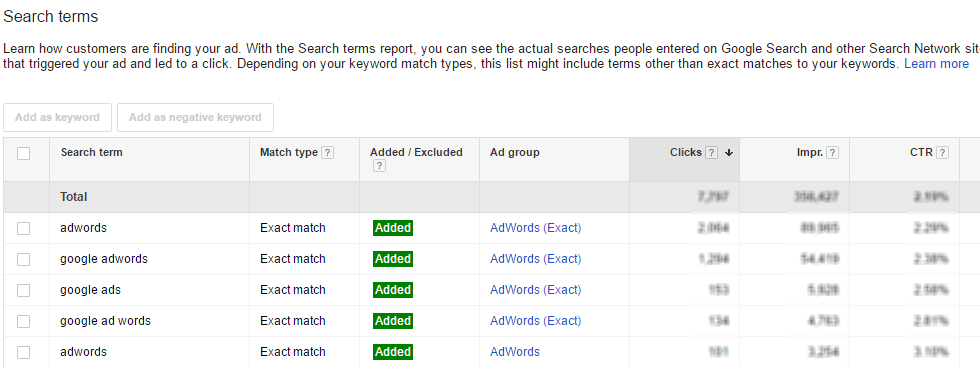
Vugts also uses PPC campaign data to determine where keywords are in the funnel (i.e. whether or not they have commercial intent): “While running the PPC campaign we also learn about the conversation rate of those keywords (in combination with the landing page). This gives us a better estimation how worthwhile it is to pursue those keywords.”
Remember that there’s a human being on the other side of your computer screen. They’re going to have perspectives and values that are channel-agnostic. Data can help you remember your humanity in your marketing.
Another good example? Use your content marketing data to inform your PPC ads.
Data-Driven Marketing Strategy #3: Measure success as a series of smaller steps
Outcome: Diagnose problems and explain trends more easily
Once upon a time on the Internet, buy cycles were very direct and linear. But times have changed. Now, as Think with Google points out, buy cycles are complex. Your marketing campaigns might not be the deciding factor, but simply one touchpoint.
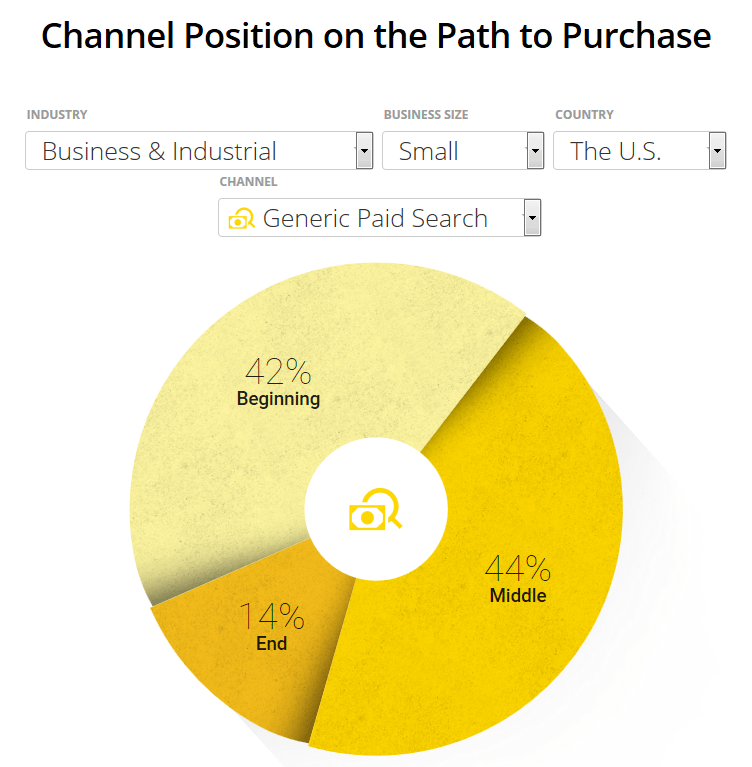
“Here is a very interesting story of one of my campaigns,” says Ivan Dimitrov, digital marketing manager for pCloud, a file security product. “When we introduced a new feature, I started an advertising campaign to promote it. After one month into the campaign, I started optimizing. I have created a funnel to monitor every step that the user takes. And it’s always unique.”
How can Dimitrov, a marketing manager with limited resources, invest in the right strategic marketing areas?
“I noticed that at a particular step, a lot of users were leaving the funnel,” says Dimitrov. So he reduced the number of steps that users needed to take on the path to conversion.
“I met with my team, and we figured out a way to work around the step where users were leaving. The results were far more impressive than what all of us expected,” says Dimitrov. “In the following week, I saw 135% rise in conversion rate and 124% rise in conversions. For 6% less of the weekly budget.”
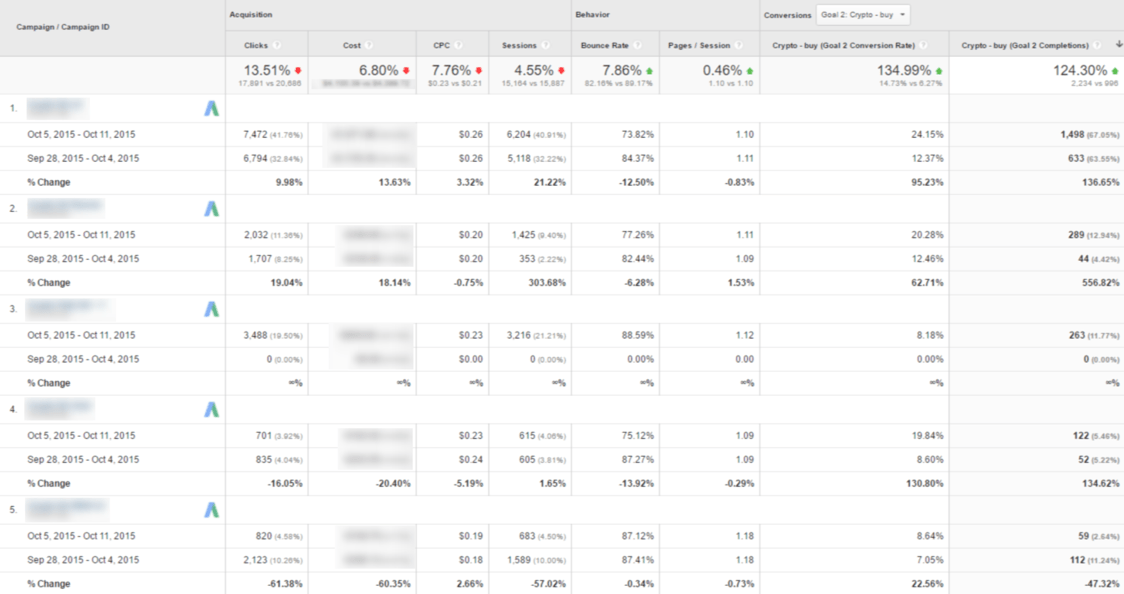
The moral of the story is that there is always room for optimization and improvement. Data can help make this process continuous.
Data-Driven Marketing Strategy #4: Use PPC to get more from your email list
Outcome: Increase the likelihood of your message being noticed
Year after year, studies report that email, in terms of marketing channels, delivers the highest ROI. So why not give your strongest marketing channels an extra push, with added touch points?
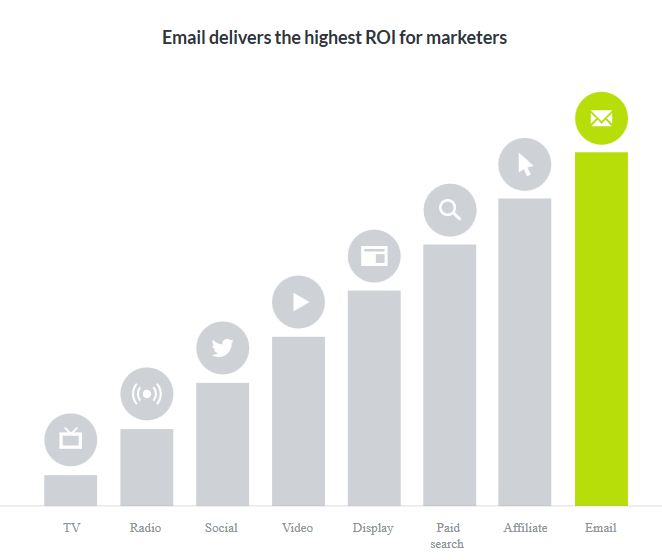
Image via Campaign Monitor
“There are a couple of cool things that you can do here,” says Jennie Holmes, digital strategist at eLearning platform Generate Solutions. “You could target all the non opens. But a smarter use of time would be to create tailored Facebook campaigns that followed up on the link that the prospect clicked on. This would be more effective than using the tracking pixel as you could really home in on what interested that audience.”

Holmes also recommends layering in 3rd party event data as custom audiences for Facebook and Twitter.
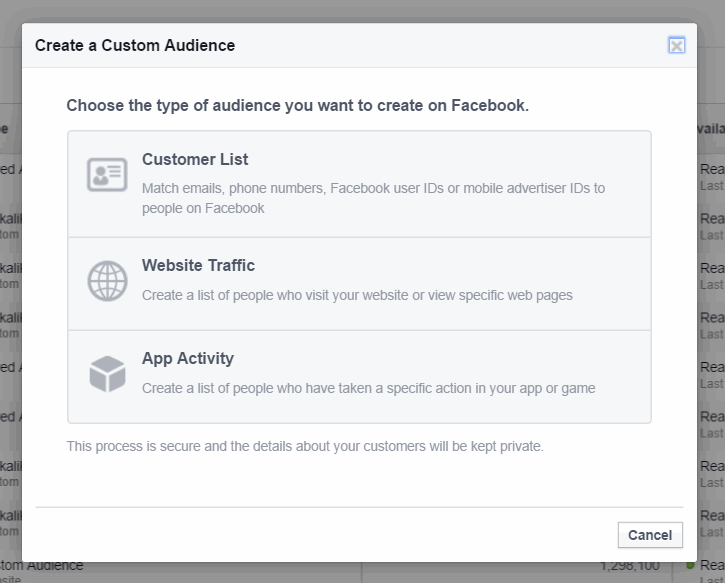
“They will match on email, and you can then send targeted messages out to your audience,” says Holmes. “It is amazing that companies still just focus on sending out a mass email to 3rd party email lists rather than matching them on social. There are further segmentation options once you have created your custom audience. You could target ads based on the job titles or locations.”
Data can help you double-down on your best segments. Don’t worry about casting your net wide. Dig deeper, instead.
Learn more about using Facebook custom audiences.
Data-Driven Marketing Strategy #5: Assess the impact of industry changes on your own campaigns
Outcome: Respond to changes efficiently and effectively
In February 2016, the Google AdWords team made a big change when they removed right-side ads from the Google SERP.
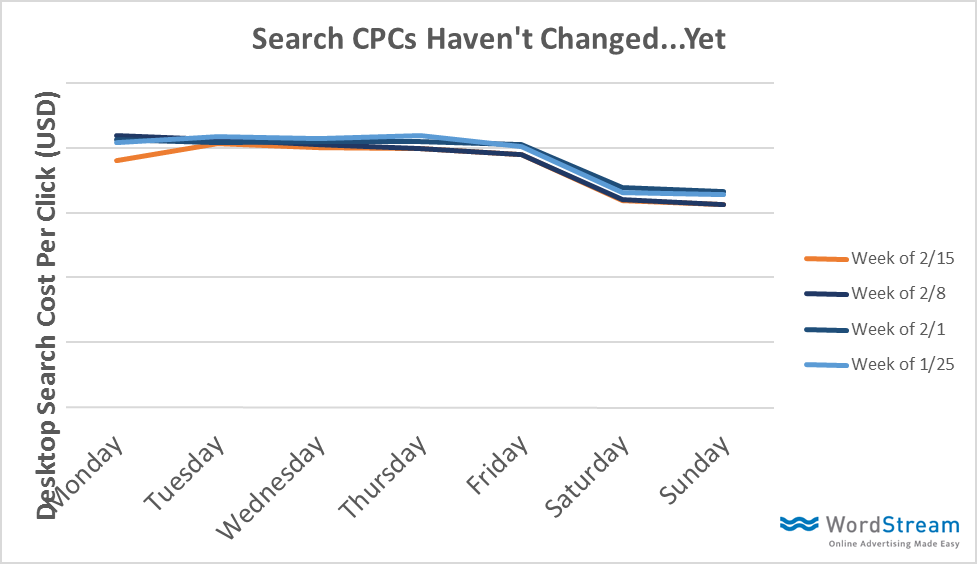
“Everyone was freaking out,” says Diana Lopez, digital marketing manager at ePageCity. “So you go online, see that the studies say everything is ok, CPC is steady, low positions are doing better than normal, and the advertiser space didn’t change much, even that it only majorly affected 6% of queries according to Google. Do you believe this? The question I am asking you is, how did it affect YOU?”
Lopez encourages marketers to problem solve by taking the following data-driven steps. Here’s what her process looked like for the Google ads change:
1) Plot your CPCs, CTRs, and average positions 30-60 days before the date of change to the current date. Look for any interesting trends.
2) Go to your advertising dashboard. See if there were any noticeable changes over this time period. Were there more advertisers? Fewer advertisers? Did competition impact your costs per click and conversions? Look for any anomalies.
3) Revisit your top performers to see if anything looks to be changing. Be prepared to take action quickly.
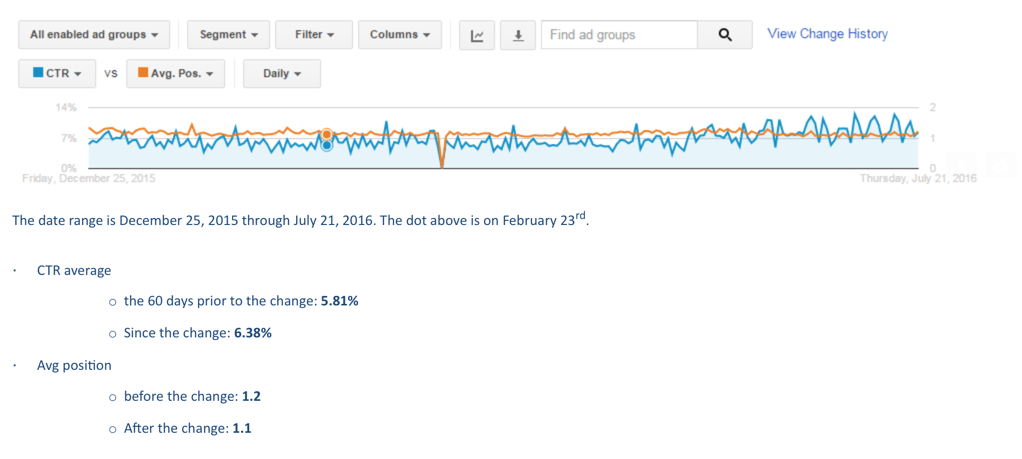
“Run a top vs. side report,” says Lopez. “Want to see what spot converts the best for you? If the bottom is even worth bidding for? Go to Google reports, and add top vs. side as the main column, add conversions, avg. position, clicks, CPC, conv. rate, impressions and CTR. This should give you a very solid set of data to decide what is working best for you.”
Final Thoughts
Used strategically, data can help you get smarter with your marketing. But don’t expect the story and action items to just “come together.” Take the time to dig into the trends, explore, and figure out creative ways to add touch points to your campaigns. The five ideas above should be starting points for you to brainstorm your own data-driven marketing campaigns.
About the author
Ritika Puri is a growth marketer turned entrepreneur. She is passionate about building profitable marketing programs from the ground up. Before she started her content strategy studio, Storyhackers, she built complex analytics systems and data management programs for one of the largest ad tech companies in the world. Above all, she loves helping fellow marketers learn and grow.










Comments
Please read our Comment Policy before commenting.